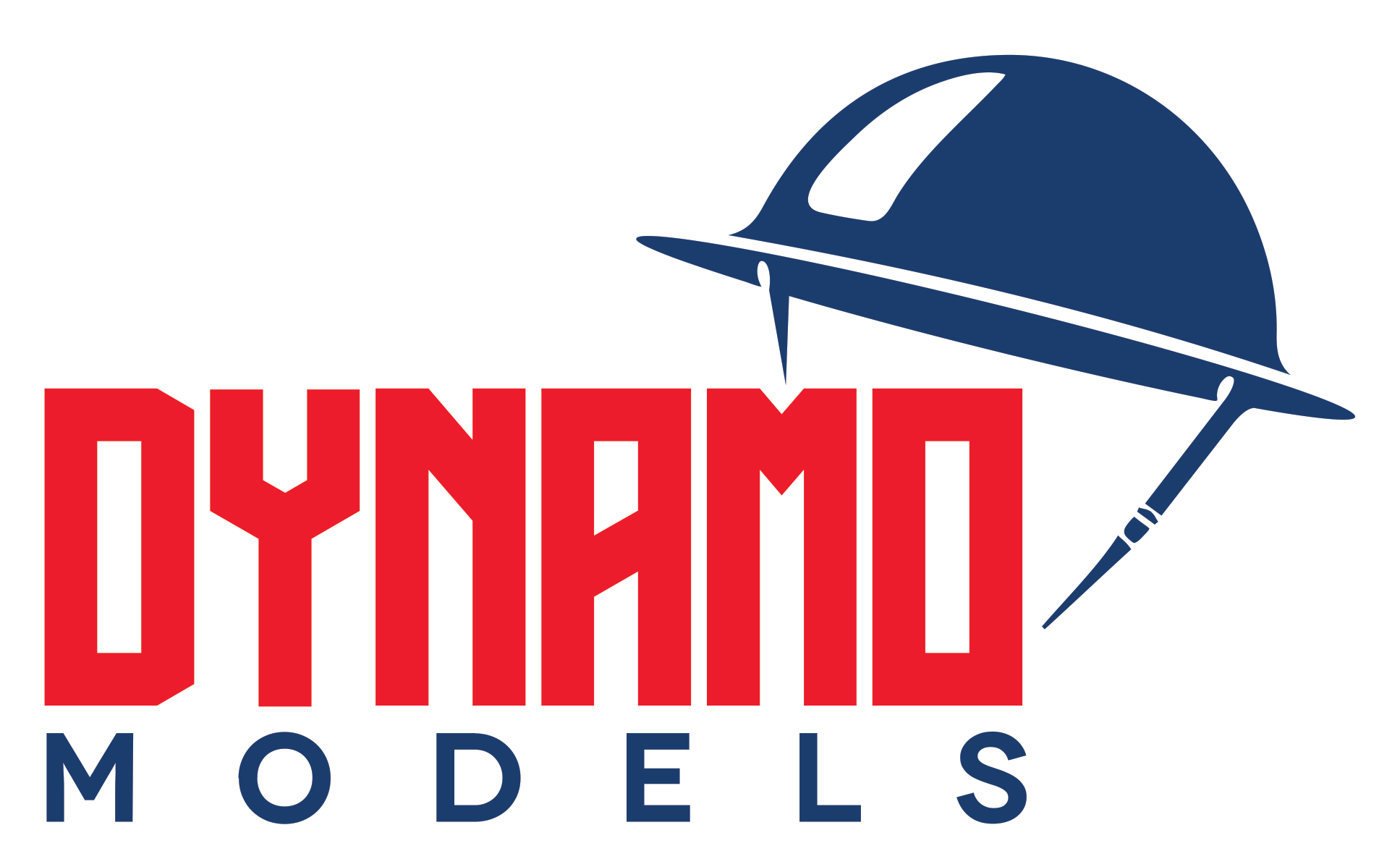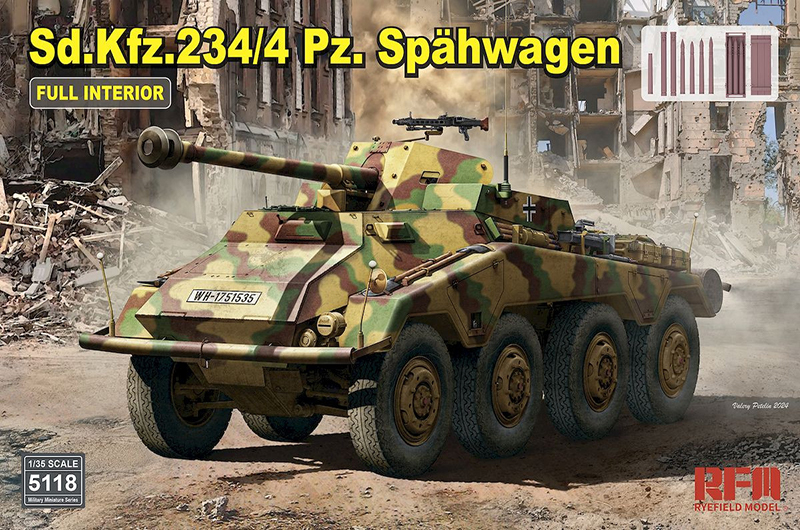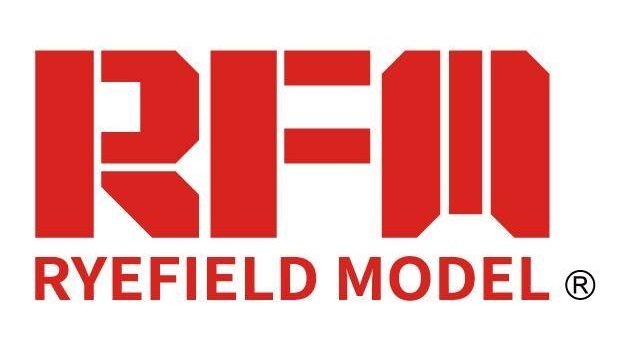Rye Field Model 5118 – Sd.Kfz.234/4 Pz. Spähwagen with Full Interior
57,50€
– Plastic model kit to build a Sd.Kfz.234/4 Pz. Spähwagen with Full Interior 1/35 Rye Field Model.
– Scale plastic kit include photo-etch, clear parts and decals.
– Model to be assembled and painted. Glue and paint not supplied.
1 en stock
The Rye Field Model RM-5118, a 1/35 scale model of the Sd.Kfz.234/4, is an armored reconnaissance vehicle from WWII, detailed meticulously to include a complete interior view and additional customization options.
Key Features:
- Full Interior Detail: Showcases detailed interior components, including driver’s compartment, turret basket, and ammunition storage, ideal for those interested in creating dioramas or displaying an exposed view.
- Highly Detailed Chassis: Includes precision moldings for the complex suspension system and wheel assembly typical of the Sd.Kfz. 234 series.
- Photo-Etched Parts: Adds finer details like engine grilles and stowage baskets, enhancing realism.
- 7.5 cm PaK 40 Anti-Tank Gun: An authentic replica of the primary armament, featuring movable components and accurate detailing.
- Optional Accessories: Offers additional detailing options, such as weighted wheels and extra storage elements for increased customization.
This kit appeals to advanced modelers with its intricate detailing, various finishing options, and components that replicate the historical authenticity of the Sd.Kfz. 234/4.
Sd.Kfz.234/4:
The Sd.Kfz.234/4 was a German heavy armored reconnaissance vehicle from World War II, designed to perform both reconnaissance and anti-tank roles. Part of the Schwerer Panzerspähwagen (heavy armored car) series, it was introduced in 1944 as a later variant of the Sd.Kfz. 234 series. The Sd.Kfz. 234/4 featured a modified open-topped turret mounting a powerful 7.5 cm PaK 40 anti-tank gun, effectively transforming the vehicle into a mobile anti-tank platform. This design allowed it to engage enemy armor effectively, bridging the gap between reconnaissance and tank destroyer roles.
Design and Armament
Built on the Sd.Kfz. 234 chassis, the 234/4 retained the same eight-wheel drive, providing high speed and mobility across varied terrains. Its 12-cylinder Tatra 103 diesel engine delivered a maximum speed of around 85 km/h on roads, with a range of up to 600 km, making it suitable for long-range reconnaissance and rapid response. The eight-wheel independent suspension system enhanced stability and maneuverability, critical for scouting operations in both urban and rural settings.
The main armament of the Sd.Kfz. 234/4 was the 7.5 cm PaK 40 L/46 anti-tank gun, mounted in a forward-facing, open-topped fighting compartment. This powerful gun could penetrate Allied armor at long ranges, giving the vehicle a fighting chance against enemy tanks and providing support to infantry and armored units. However, the open compartment left the crew exposed to artillery shrapnel, small arms fire, and adverse weather, a significant vulnerability on the battlefield. The crew of four, including a driver, commander, loader, and gunner, relied on the vehicle’s speed and maneuverability to avoid direct engagement when possible.
Operational Role
Initially designed for reconnaissance, the Sd.Kfz. 234/4 was used in a more aggressive role due to the pressing need for mobile anti-tank solutions in 1944 and 1945. It served mainly in armored reconnaissance units on both the Eastern and Western Fronts, supporting defensive operations where German forces increasingly faced superior Allied armor. Its anti-tank capability allowed it to provide close support to German infantry and armored units in desperate situations, acting as a “fire brigade” against advancing tanks.
Legacy and Impact
The Sd.Kfz. 234/4 was produced in limited numbers, with around 89 units completed due to its late-war introduction and limited production capacity. However, it showcased the German Army’s ability to adapt existing designs to meet evolving battlefield demands, particularly the need for mobile anti-tank vehicles. The Sd.Kfz. 234/4’s combination of mobility and firepower served as a model for postwar reconnaissance vehicles equipped with significant firepower, influencing future armored reconnaissance and anti-tank vehicle designs. Its legacy lies in its dual-purpose approach, combining reconnaissance flexibility with a potent anti-tank weapon in a single platform.
| Poids | 0,8 kg |
|---|---|
| Brand | |
| Country |
Germany |
| Material |
Plastic |
| Period |
WW2 |
| Scale |


